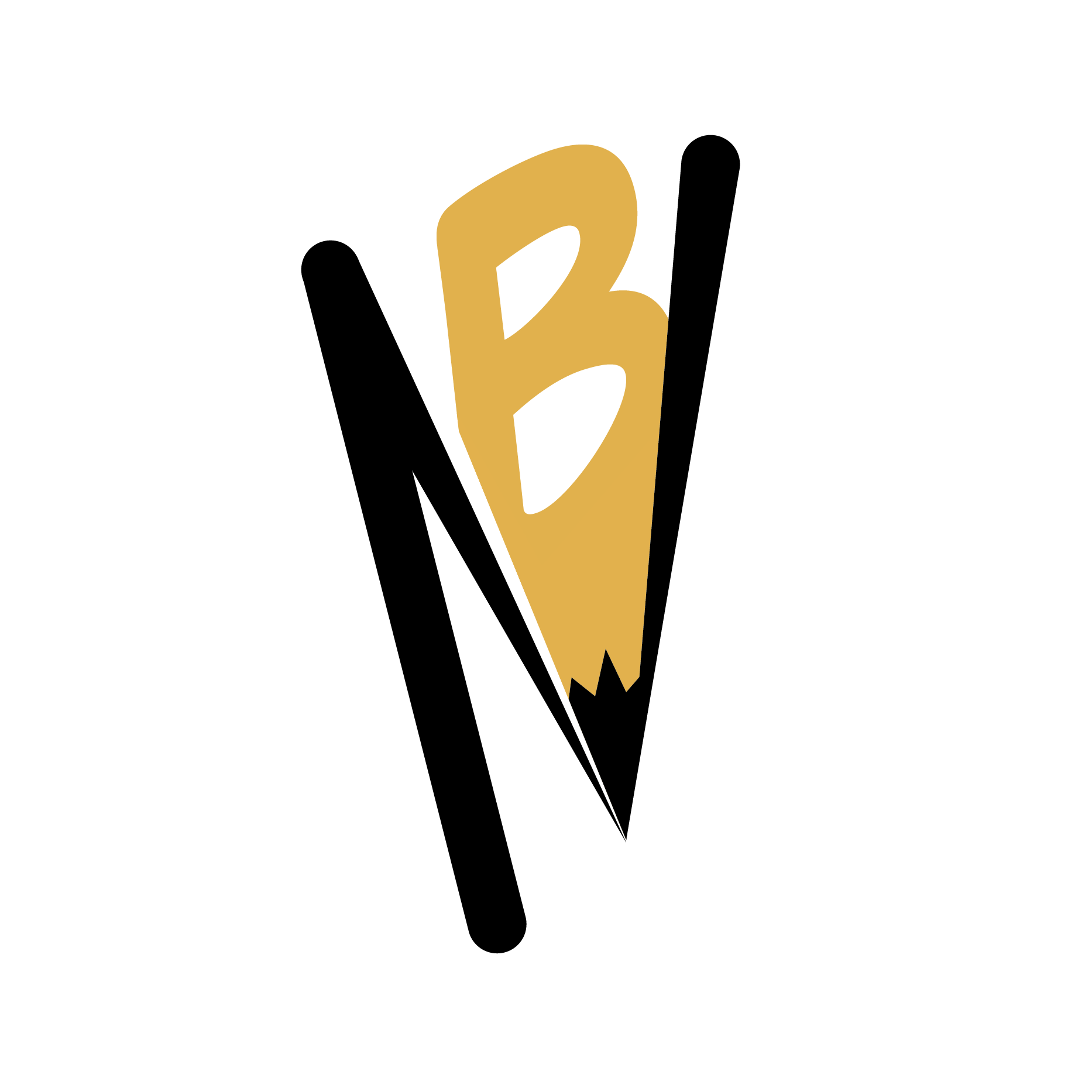Haptic Harmony is an innovative app fusing music with wearable haptic technology and augmented reality (AR) filters. Haptic Harmony redefines the music listening experience by combining tactile sensations through wearable devices with mesmerizing visualizations in AR. With Haptic Harmony, users embark on a captivating journey where they not only hear the music but also feel its rhythm through their fingertips. Haptic Harmony transforms the way we engage with music, offering a truly immersive and unforgettable audiovisual adventure.
This project was developed within my Collaborative Studio course. I worked with Sharon Longdong (3rd year Industrial), Bekka Ranalli (4th year VC), and Sarah Bonnett (4th year Interior). Each of us took on diverse roles throughout each project. Our collaborative approach along with diverse exploration and interests enabled us to grow and excel together.
This class is structured as an opportunity to begin learning about the intersections of interests, relevant emerging technologies, and the potential impacts on the design field.
We were tasked with considering, developing, and presenting emerging technology systems that could be built and deployed within the context of the future of design. Making was the most valuable task, as well as intentional balances of prototyping, functionality, speculative concepts, and design research. We were given the option to approach this project a few different ways. We could further explore possibility spaces formed within the overlap of the future of design and our technology interests and skills, we could apply prototyping strategies gaining experience with unfamiliar technologies, or we could revisit a previous idea or interest with the intent to further develop existing design solutions. I chose to apply prototyping strategies into an unfamiliar technology.
Throughout this project, I employed Figma as my primary tool for my contribution to the project, aiming to enhance my proficiency in crafting intuitive user experiences. Through extensive research and utilization of Figma, I sought to broaden my skill set and deepen my understanding of user-centric design principles, ultimately striving to create engaging and user-friendly interfaces. I also wanted to gain more knowledge and insights into the world of user experience and user interface design and I am thrilled to say I've really enjoyed the learning and making processes.
